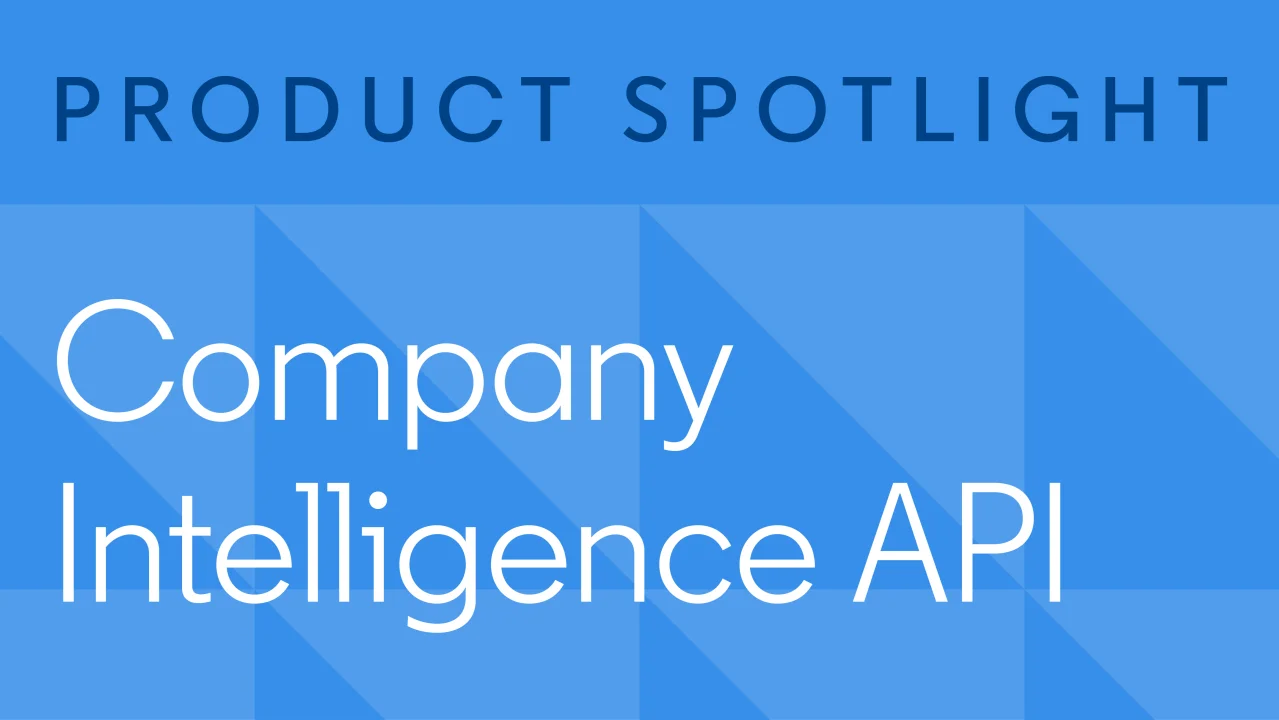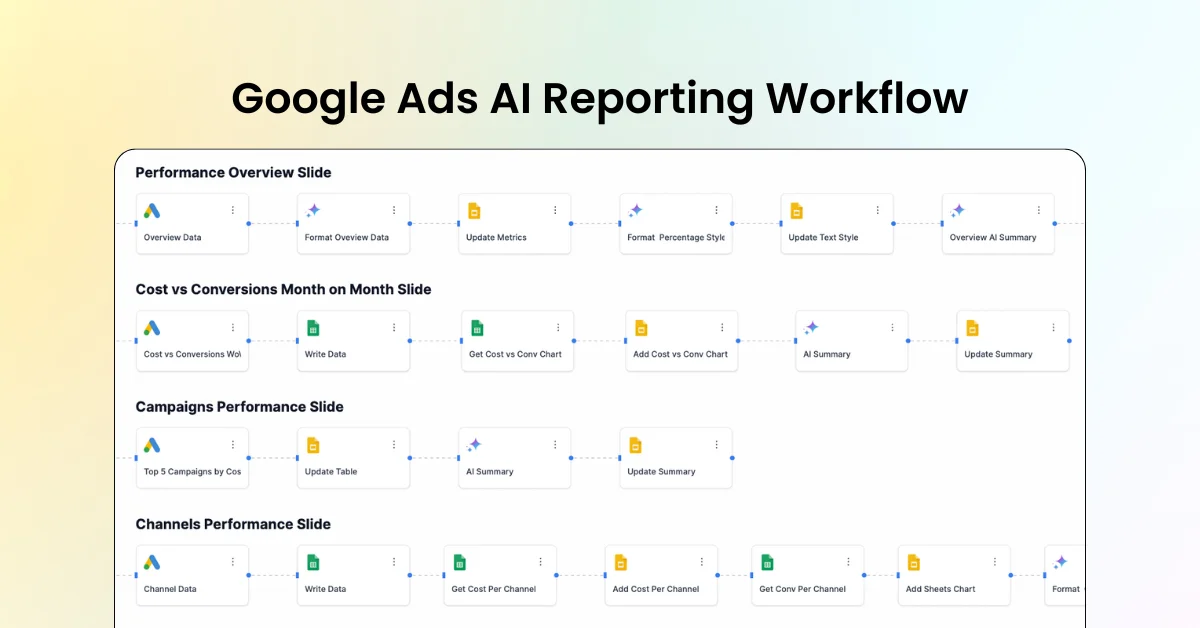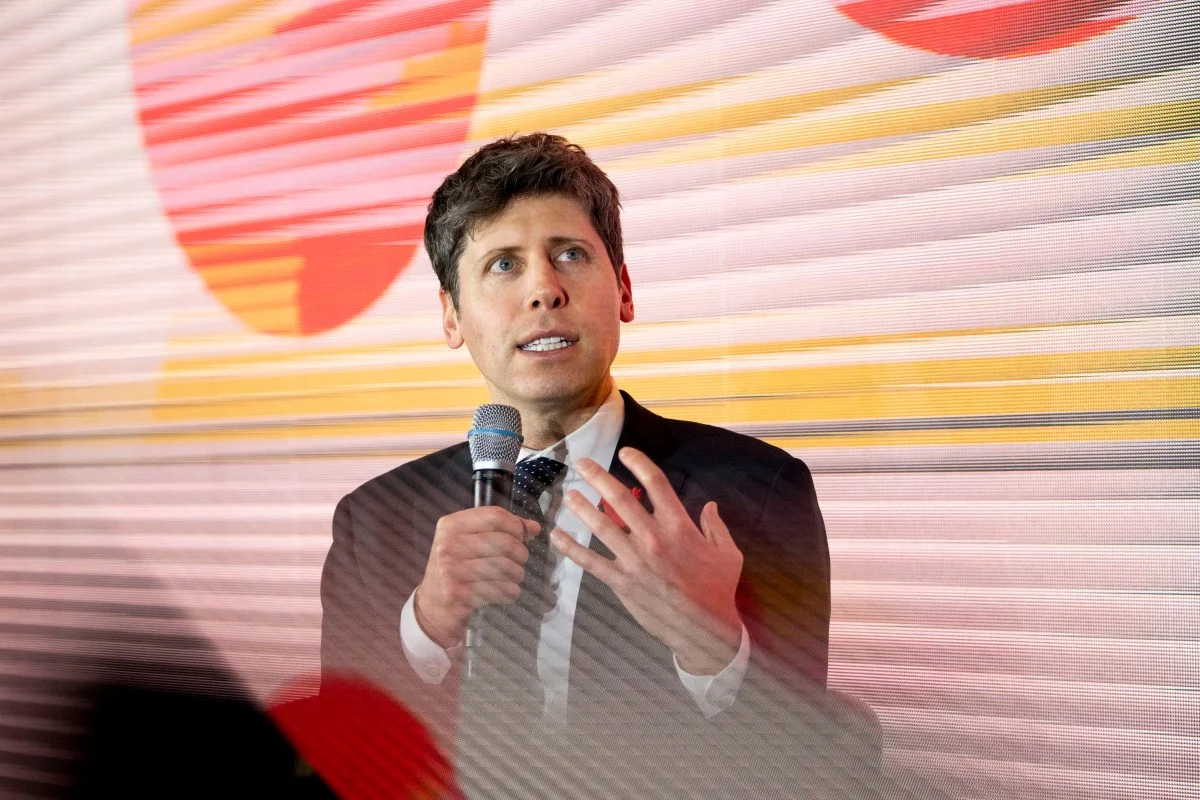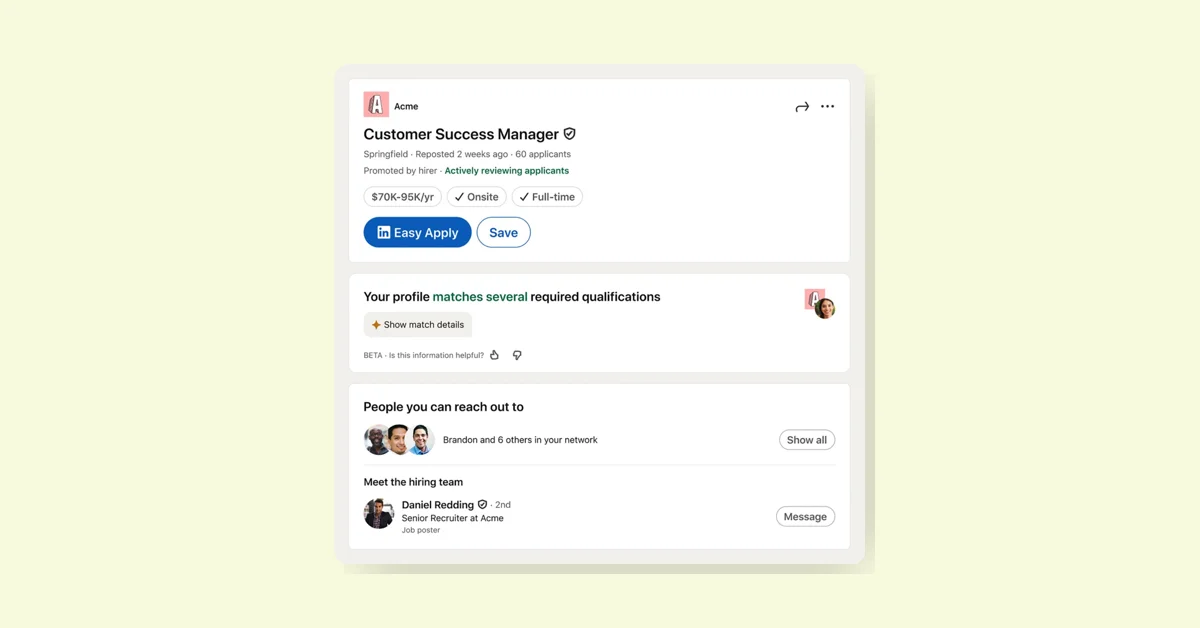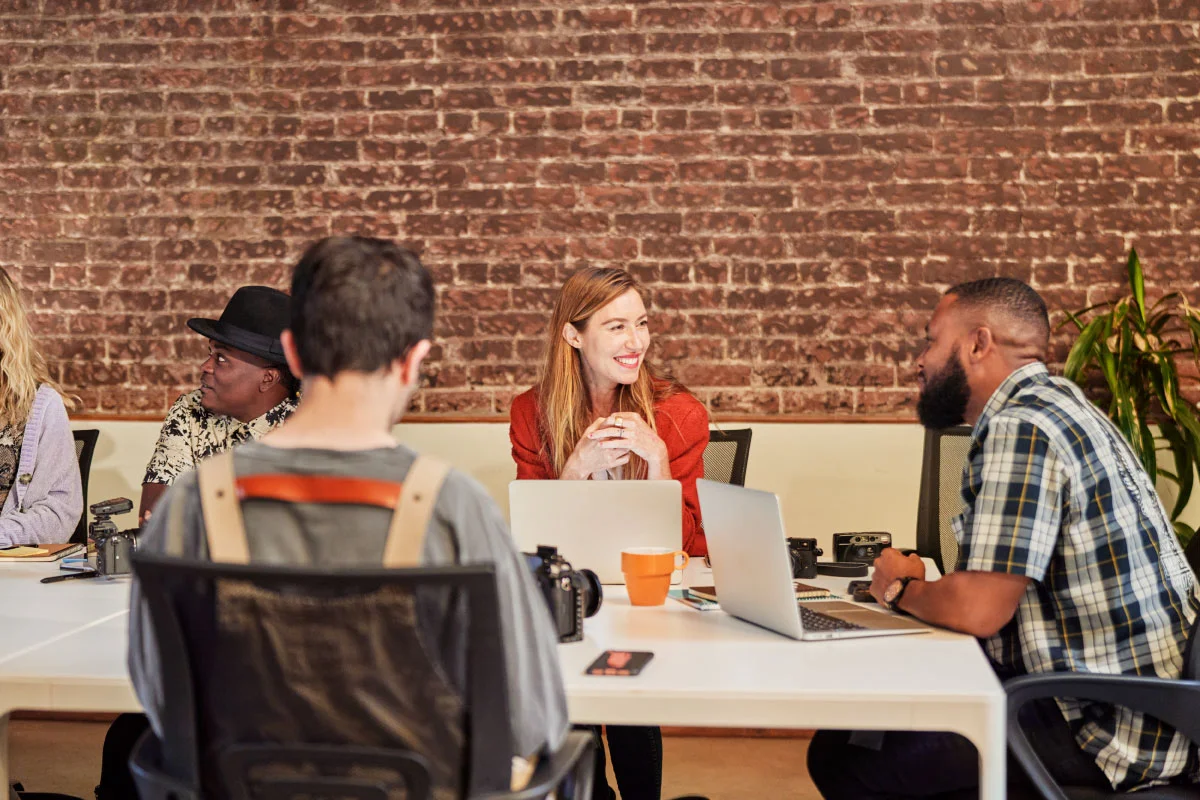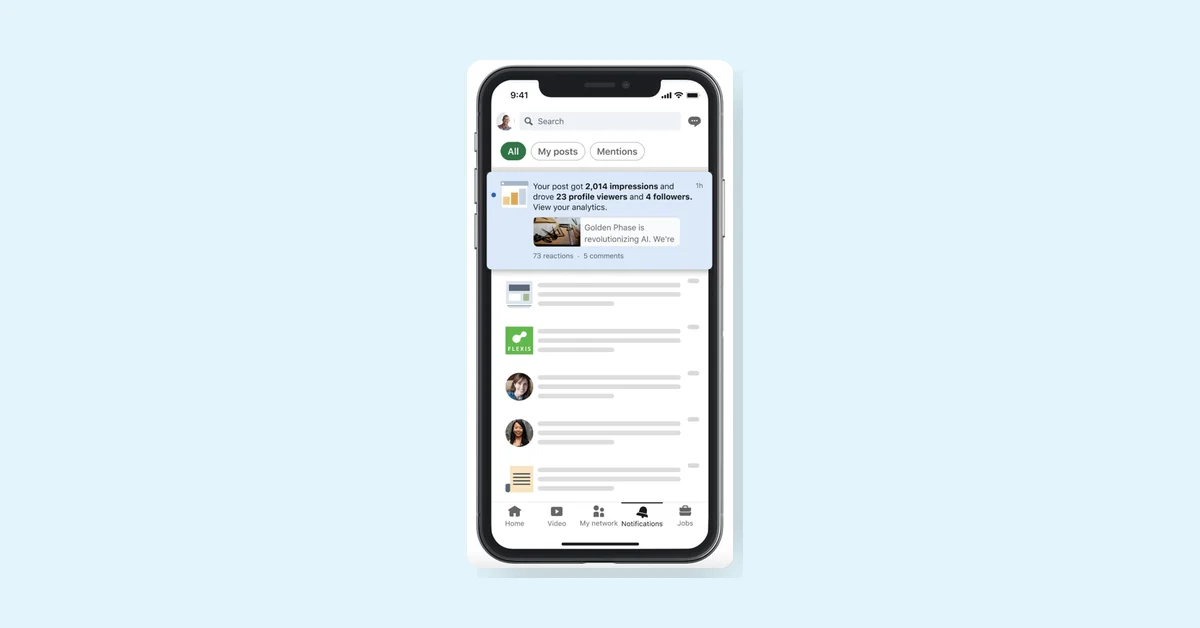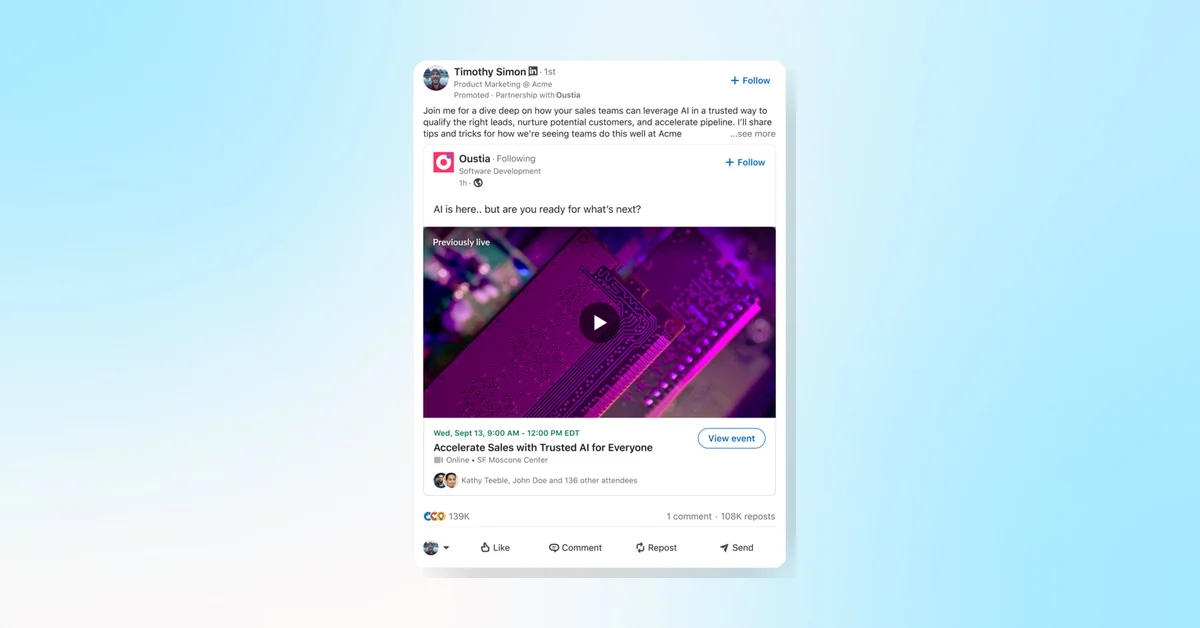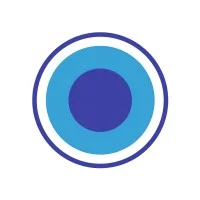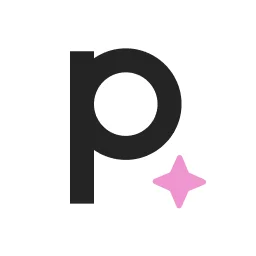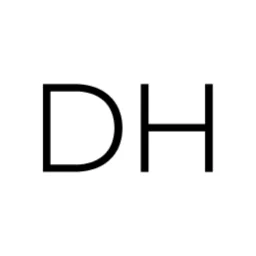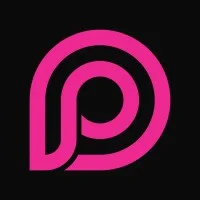LinkedIn has verified over 55 million users for free to combat misinformation fueled by artificial intelligence. This makes it the social network with the most verified individual human identities. Unlike Meta and X, which charge for verification, LinkedIn has invested significantly to offer this service at no cost. The company plans to display verification badges within the primary LinkedIn feed starting in November.
Verification Methods
LinkedIn uses two primary methods for verification:
- Corporate Email Verification: For users at big companies, LinkedIn contacts them through their corporate email addresses. This feature is currently limited but may expand.
- Government ID Verification: Users submit their government IDs through partners like Clear, Persona, and DigiLocker (for users in India).
Oscar Rodriguez, LinkedIn’s VP of trust and safety, emphasized the importance of verification in combating misinformation, especially with the rise of deep-fake videos and photos. LinkedIn aims to have 100 million verified users by 2025.
Challenges and Benefits
- Challenges: Fake accounts have been a longstanding issue, with AI making it easier to create them. Verification helps discern authentic profiles.
- Benefits: Verified profiles receive 60% more profile views, 30% more connection requests, and 50% more post engagement.
LinkedIn is also verifying job listings and company pages. The company is cautious in its verification process to maintain high standards, even if it means occasionally not verifying legitimate users.
LinkedIn’s free verification initiative aims to build a trusted community by ensuring the authenticity of its users, thereby addressing the challenges posed by AI-generated misinformation.

